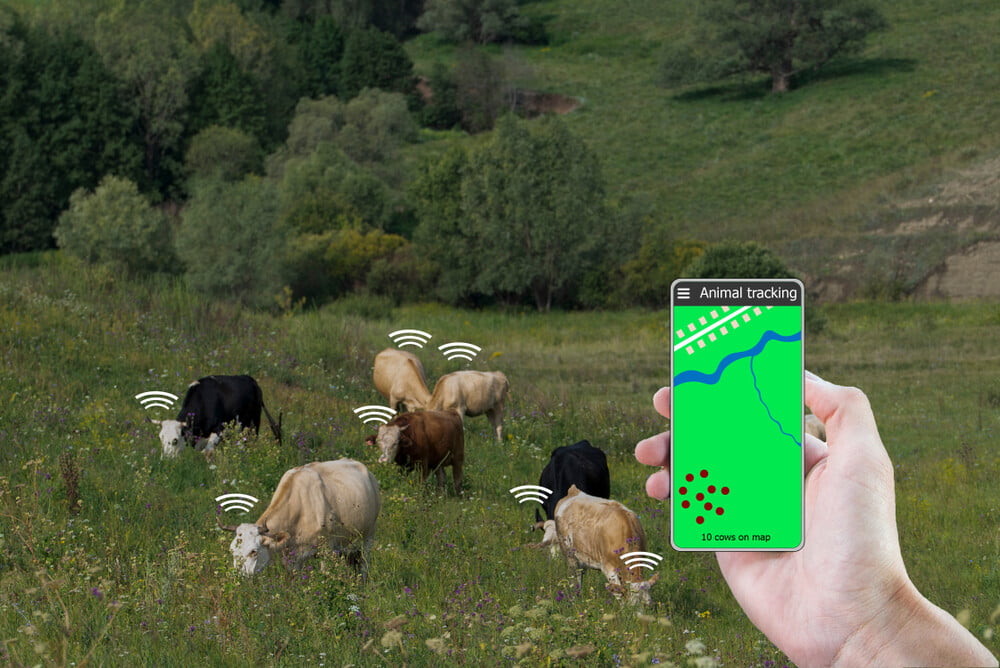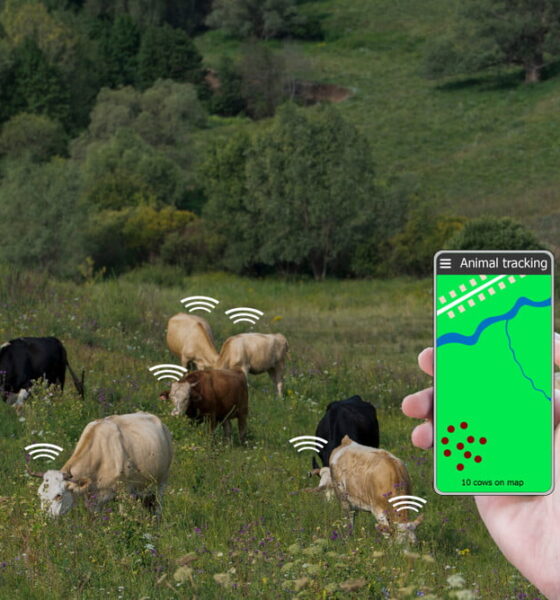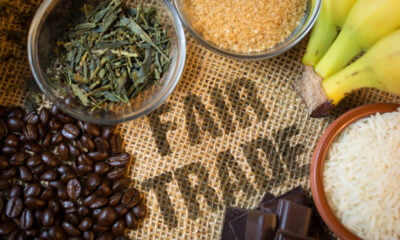

Environment
Cattle Tracking Tips While Running an Eco-Friendly Homestead
More people than ever are interested in living sustainable lifestyles. One way to do this is by producing your own food.
The number of people that are producing their own food has surged in recent years. One study found that 35% of Americans are growing their own food to be more sufficient. A lot of these people are also growing their own food to lower their carbon footprint. There are a lot of environmental benefits of producing your own food:
- You don’t have to use harmful pesticides and herbicides.
- You don’t have to transport your food, which means that you don’t leave a carbon footprint for traveling.
- You can produce food that has the lowest environmental footprint.
- You can use renewable energy, such as solar cells in your agricultural activities.
There are a lot of ways that you can be eco-friendly while producing your own food. You can obviously grow an eco-friendly garden, but it is also worth raising lifestock.
However, you need to know how to take care of your livestock on your eco-friendly homestead. You have to keep track of them if you want to raise them for food.
Tracking and Raising Your Cattle for Your Eco-Friendly Homestead
We American sure do love our hamburgers, glasses of milk, and leather jackets. It’s all got to come from someplace, though, and that means a lot of ranchers raising a lot of cattle. And I do mean a lot. As in “an estimated 9.4 million cattle as of 2020” kind of lot. Even Dustin Hoffman’s character in Rain Man would struggle to keep track of that many moo cows.
Fortunately, the livestock industry is full of crafty cowpokes who, over the years, have devised some simple but effective techniques to keep their businesses running smoothly. Here are four of the most common cattle record keeping and identification methods in use today:
Tagging
One of the most popular methods of cattle identification, tagging, is also one of the most advanced. While at its most basic, tagging involves little more than clipping the animal’s ear with a piece of metal or plastic which is then marked with the cattle’s identifying information, modern clips may also include scannable bar codes and even GPS tracking capabilities. This allows ranchers to monitor their cattle remotely, as well as document more precise, up-to-the-minutes data on attributes such as herd weight gains, culls, mating and pregnancies, and more.
Branding
A much more old-fashioned method of cattle ID is branding. Branding involves pressing a hot iron against the animal’s flesh in order to form a permanent scar depicting an identifying symbol or number. An alternative to hot branding is freeze branding, though this requires dry ice and often takes longer to heal. The benefit of branding is its permanence; no matter how old the animal gets or how far it travels, it can’t lose a brand the way it might lose a tag. Branding, however, can also damage and thus reduce the value of an animal’s hide, giving it a distinct drawback.
Tattooing
Similar to branding is tattooing, which also offers the advantage of permanence as a means of animal ID. Instead of scarification through burning, though, tattooing involves using a specialized needle to inject ink beneath the animal’s skin in order to create patterns. In the case of cattle, this usually means identification numbers. Unlike branding, which can be done almost anywhere, tattooing is normally done along the inside of the animal’s ear, minimizing hide damage. However, tattooing is a much slower process, requires up-close inspection to be useful, and can only be performed on cattle with lightly colored skin.
Notching
Despite being one of the cruder forms of cattle marking, ear notching is nevertheless still widespread in its use. Notching involves cutting out small slivers from an animal’s ear cartilage, with the location of these notches providing such information as whether the cattle is part of a breeding or cull group, or if it has been treated with antibiotics. Although this requires knowledge of a somewhat complicated notching system, notched animals can be easily and quickly identified even at a distance.
You Need to Track Cattle for Your Eco-Friendly Homestead
If you are planning on creating an eco-friendly homestead, then you have to keep track of your vegetables and livestock. This includes tracking your cattle carefully. These tips should help.
































